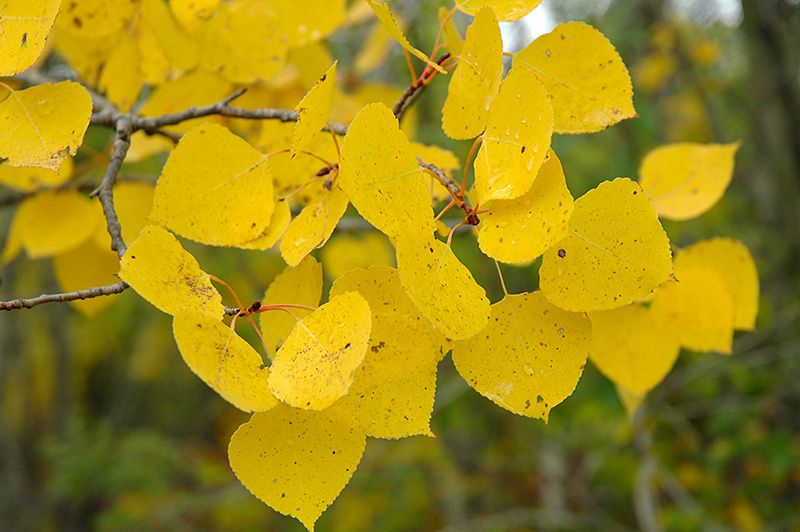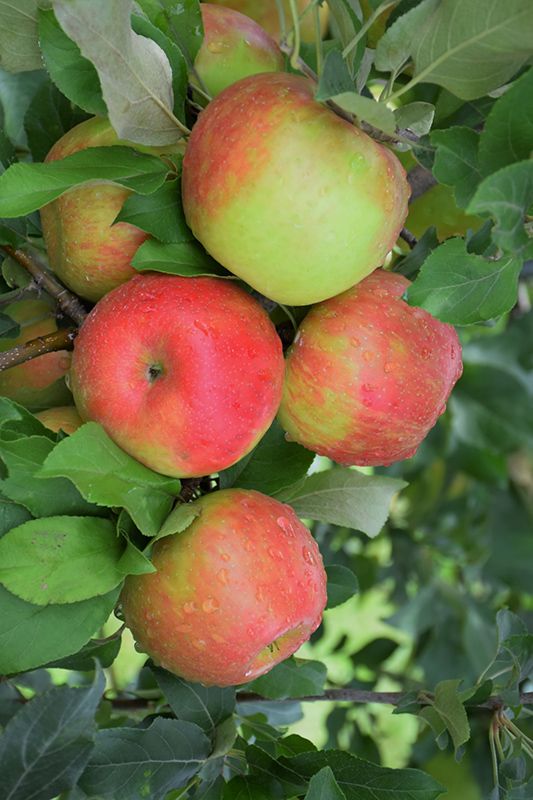Abies, White Fir



Out of stock
Coming soon, still growing- Sun Preference
- Full-Sun
Description
One of the most beautiful and adaptable firs, but not for every location; avoid hot or dry sites; good bluish-white color and neat spire-like shape, excellent for articulation and color in the landscape.
Minnesota's Largest Selection of Trees
At Minnesota's Destination Garden Center, we offer a diverse range of trees to suit any landscaping need. Whether you're looking for shade trees to cool your home or ornamental trees to add beauty and interest, you'll find the perfect tree at Gertens. Our knowledgeable staff can help you select the right tree for your space and provide tips for care and maintenance. Visit Gertens today and explore the unmatched variety of trees to enhance your outdoor environment!
Details
Height: 45 feet
Spread: 20 feet
Sunlight: ![]()
![]()
Hardiness Zone: 3b
Other Names: Silver Fir, Concolor Fir, Colorado Fir
Ornamental Features:
White Fir has attractive silvery blue foliage. The needles are ornamentally significant but remain silvery blue through the winter. Neither the flowers nor the fruit are ornamentally significant. The smooth gray bark adds an interesting dimension to the landscape.
Landscape Attributes:
White Fir is an evergreen tree with a strong central leader and a distinctive and refined pyramidal form. Its average texture blends into the landscape, but can be balanced by one or two finer or coarser trees or shrubs for an effective composition.
This is a relatively low maintenance tree, and usually looks its best without pruning, although it will tolerate pruning. It has no significant negative characteristics.
White Fir is recommended for the following landscape applications;
- Vertical Accent
- Accent
Plant Characteristics:
White Fir will grow to be about 45 feet tall at maturity, with a spread of 20 feet. It has a low canopy, and should not be planted underneath power lines. It grows at a slow rate, and under ideal conditions can be expected to live for 80 years or more.
This tree does best in full sun to partial shade. It prefers to grow in average to moist conditions, and shouldn't be allowed to dry out. It is not particular as to soil type or pH. It is somewhat tolerant of urban pollution, and will benefit from being planted in a relatively sheltered location. Consider applying a thick mulch around the root zone in winter to protect it in exposed locations or colder zones.
This species is native to parts of North America.
| SKU | Container Size |
| E0068AP | #3 Container (3 Gallon) |
| E0069 | #10 Container (10 Gallon) |
| E0069.1 | #15 Container (15 Gallon) |
* Not all container sizes may be available at this time. See store for details on specific container size availability.
White Fir | Abies concolor
Height: 50 feet
Spread: 25 feet
Sunlight: Full Sun to Partial Sun
Hardiness Zone: 4a
Other Names: Silver Fir, Concolor Fir, Colorado Fir
Brand: Gertens
Description:
One of the most beautiful and adaptable firs, but not for every location; avoid hot or dry sites; good bluish-white color and neat spire-like shape, excellent for articulation and color in the landscape
Ornamental Features
White Fir is primarily valued in the landscape for its distinctively pyramidal habit of growth. It has attractive silvery blue evergreen foliage. The needles are highly ornamental and remain silvery blue throughout the winter. The smooth gray bark adds an interesting dimension to the landscape.
Landscape Attributes
White Fir is an evergreen tree with a strong central leader and a distinctive and refined pyramidal form. Its average texture blends into the landscape, but can be balanced by one or two finer or coarser trees or shrubs for an effective composition.
This is a high maintenance tree that will require regular care and upkeep, and usually looks its best without pruning, although it will tolerate pruning. It has no significant negative characteristics.
White Fir is recommended for the following landscape applications;
- Accent
- Vertical Accent
- Planting & Growing
White Fir will grow to be about 50 feet tall at maturity, with a spread of 25 feet. It has a low canopy, and should not be planted underneath power lines. It grows at a slow rate, and under ideal conditions can be expected to live for 80 years or more.
This tree does best in full sun to partial shade. It prefers to grow in average to moist conditions, and shouldn't be allowed to dry out. It is not particular as to soil type or pH. It is somewhat tolerant of urban pollution, and will benefit from being planted in a relatively sheltered location. Consider applying a thick mulch around the root zone in winter to protect it in exposed locations or colder microclimates. This species is native to parts of North America.
More Information
| Gerten Grown Plants | Gerten Grown Plants |
|---|---|
| Tree Type | Evergreen |
| Sun Preference | Full-Sun |
| Mature Height (Range) | 25 - 50 feet |
| USDA Hardiness Zone | 4, 5, 6, 7, 8 |
| Common Family Name | Fir |





